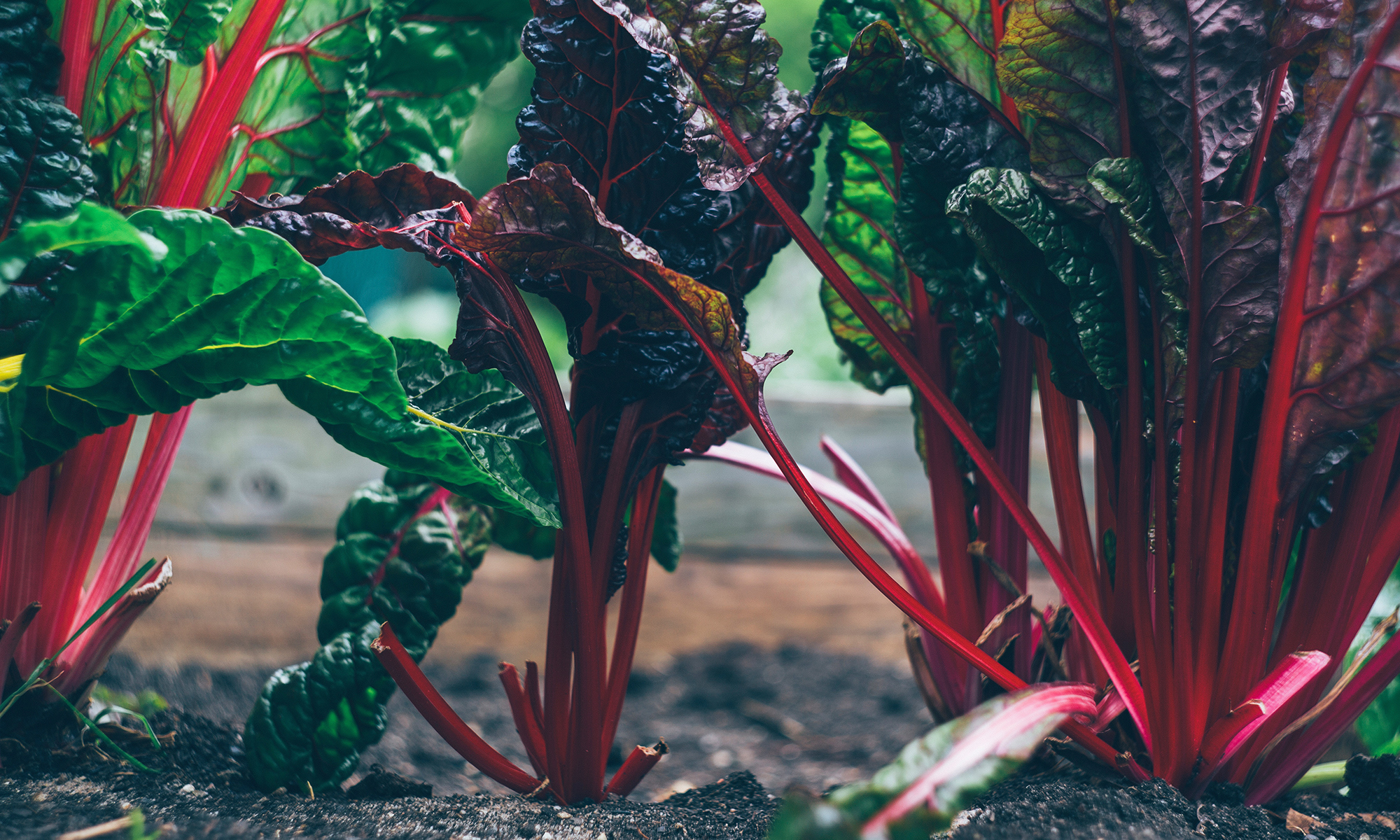Every year, I grow far more produce than I can actually consume on my own . I can’t help myself, though… Even the seemingly small number of basil plants (only 4) generates far more fragrant leaves than I could eat, even if I were to eat pesto at every meal during the summer. And those kales seeds are so tiny that 4 short rows of plants barely feels like anything until I start cutting 2 gallons of leaves a week.
So I’ve developed all sorts of strategies for preservation.
The past few years, I’ve tried several strategies for freezing basil, both of which I like.
- I puree the basil with a little olive oil and then spoon it into ice cube trays. Once the basil is frozen, I transfer it to a Ziploc bag for more compact storage.
- I put the dry basil leaves in a Ziploc bag. They get dry and brittle, and crumble.
I intentionally opted against pesto because I don’t want to commit to the flavor profile. And truthfully, I just don’t eat that much pesto.
With the kale, when I harvest more than I can eat in a single meal, I sauté the rest with garlic and freeze it. By now, I’ve got a half dozen quart bags stacked in the freezer.
For the jalapenos, I cut them into rings, simmer them in oil and then freeze them in ice cube trays. When the pepper cubes are frozen, I transfer them to a ziploc bag.
This year, I’m trying something semi-new…. Making a few pounds of herb butter. I’ve made the herb butter before, but never in bulk. I like this idea because I can also incorporate the tarragon and scallions.
Yes, I know, it’s committing to a flavor profile. But this is a profile I really like. And I can still freeze some herbs plain.
What are your strategies for perserving the summer harvest?
Herb Butter
¼ cup fresh tarragon
¼ cup fresh chives or scallions
¼ cup fresh parsley (or 1 tsp. dried)
¼ cup fresh basil (or 1 tsp. dried)
2 tsp. fennel seeds
1 pound butter
salt and pepper to taste
1. Chop herbs and fennel seeds. Mix with butter. Season to taste with salt and pepper.
2. Roll into logs and wrap in parchment paper. Freeze.
